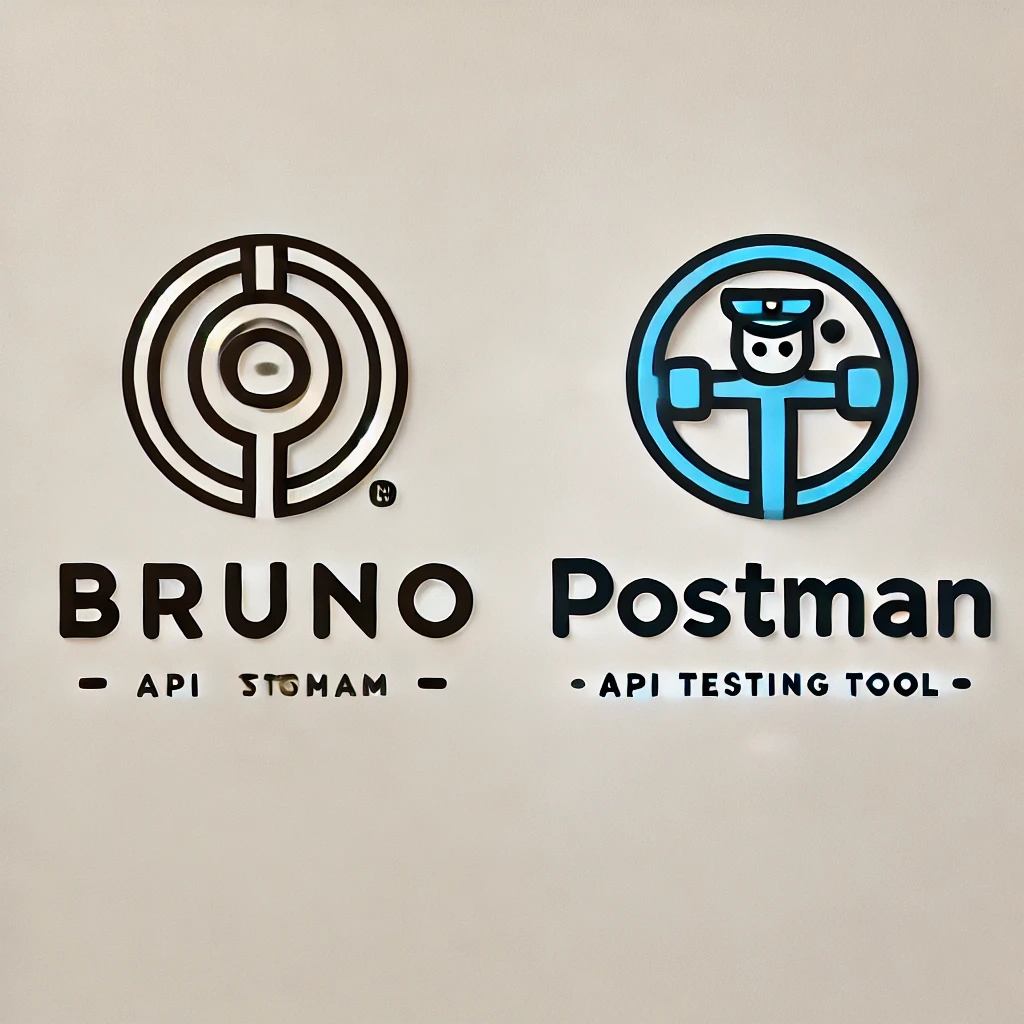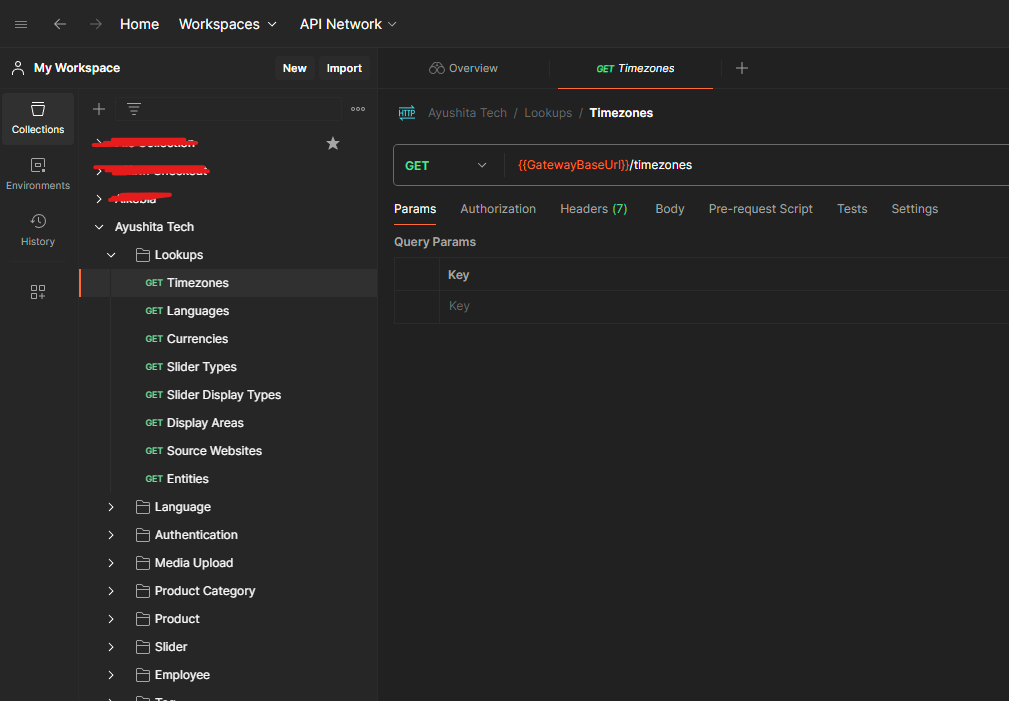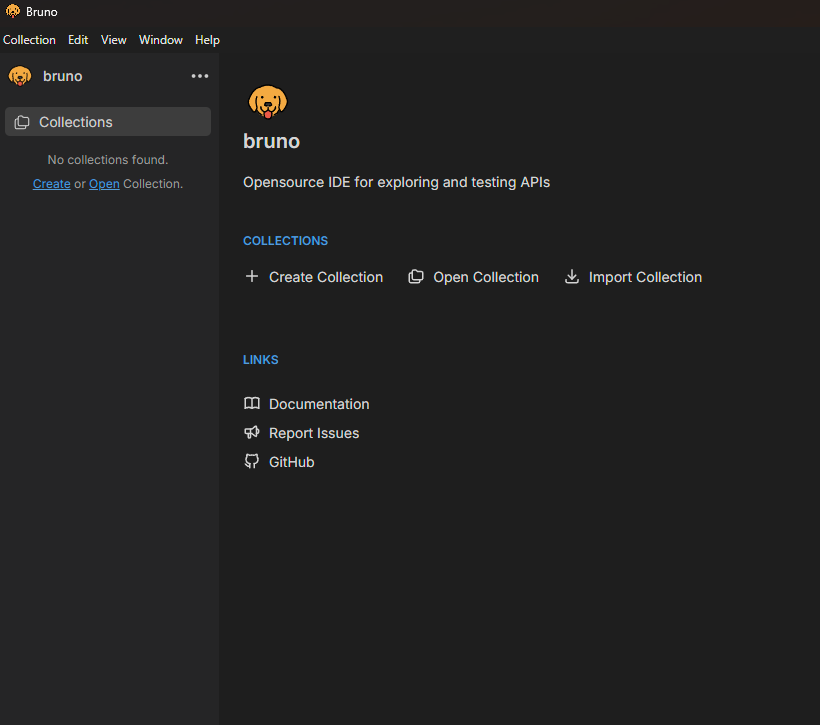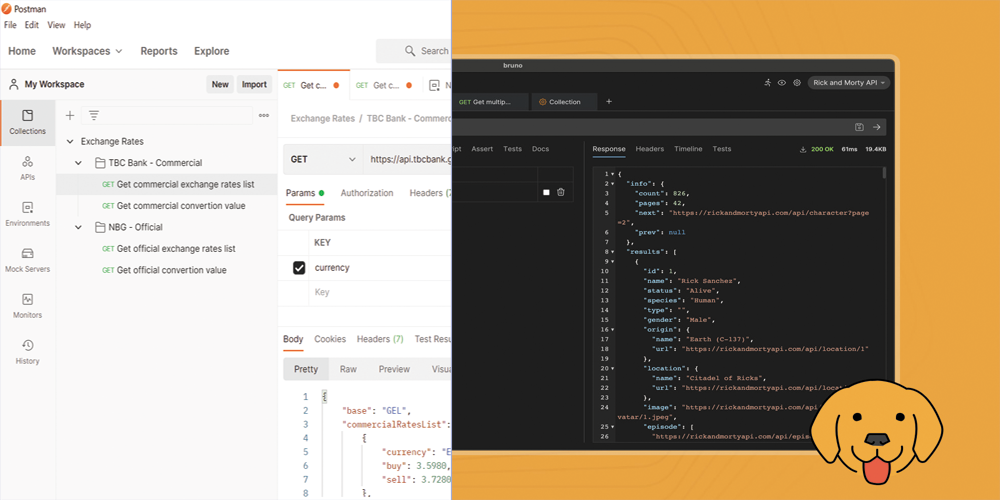Overview of Postman
Postman has long been the go-to tool for developers when it comes to API testing. With a simple UI, it’s ideal for beginners and experienced developers alike. Postman offers powerful collaboration features, a rich API library, and robust automation tools.
Key Features:
Easy-to-use interface
API documentation generation
Pre-built workspaces for collaboration
Automation testing with Newman
Overview of Bruno
Bruno, a more recent entry in the API testing market, is open-source and designed with a focus on performance and simplicity. It's especially loved by developers looking for a lightweight alternative to Postman. Its command-line focus offers a unique experience for those who prefer working without the overhead of heavy UIs.
Key Features:
Ease of Use: Bruno vs Postman
Postman is known for its polished and user-friendly UI, making it a great choice for teams, especially those with varying technical expertise. The drag-and-drop interface simplifies complex workflows.
On the other hand, Bruno offers a more minimalist approach. With its command-line interface, it's tailored for developers comfortable with text-based interaction, focusing more on speed and functionality rather than visuals.
Collaboration and Team Features
Postman excels with its rich collaboration features. Multiple team members can work on API requests, share collections, and generate API documentation seamlessly, thanks to its cloud-based workspaces.
In contrast, Bruno keeps things simple with its Git-based workflow, allowing developers to version control their API tests. While it doesn't offer a collaborative UI like Postman, its simplicity makes it appealing for developers working within version-controlled environments.
Performance and Flexibility
When it comes to performance, Bruno shines due to its lightweight nature. It is ideal for users who prioritize speed and flexibility over complex UIs. Developers can run large suites of API tests with minimal overhead.
Postman, while not as lightweight, is still optimized for performance. However, with more features, some users may find it slightly slower, especially with larger projects.
Automation and CI/CD Integration
Postman integrates well with CI/CD pipelines, thanks to Newman, which allows you to automate your API tests. Postman also provides an extensive API to integrate with other tools like Jenkins, GitLab, and CircleCI.
Bruno, while more manual, can be scripted to work with CI/CD tools via its CLI interface. Its Git-friendly design makes it highly flexible for automation workflows but may require more setup.
Pricing: Bruno vs Postman
One of Bruno's standout features is that it's open-source and completely free. It's a budget-friendly option for teams or individuals who want high-performance without additional costs.
Postman, while offering a free version, also has premium tiers for teams, which unlocks advanced collaboration features, usage limits, and more powerful automation capabilities.
Conclusion: Which Tool Should You Choose?
Both Bruno and Postman serve unique purposes. If you're looking for an intuitive, feature-rich platform with built-in collaboration, Postman is likely your best bet. On the other hand, if you prefer a lightweight, fast, and open-source tool that integrates with your existing Git workflows, Bruno is an excellent alternative.
Ultimately, the choice depends on your specific needs. Do you prioritize speed and simplicity, or do you need a robust platform with extensive features?
Call-to-Action (CTA)
"Which API testing tool do you prefer? Let us know in the comments below! Subscribe for more comparisons, reviews, and developer tips."
Ultimately, the choice depends on your specific needs. Do you prioritize speed and simplicity, or do you need a robust platform with extensive features?





